Garlic is cheaper than the doctor
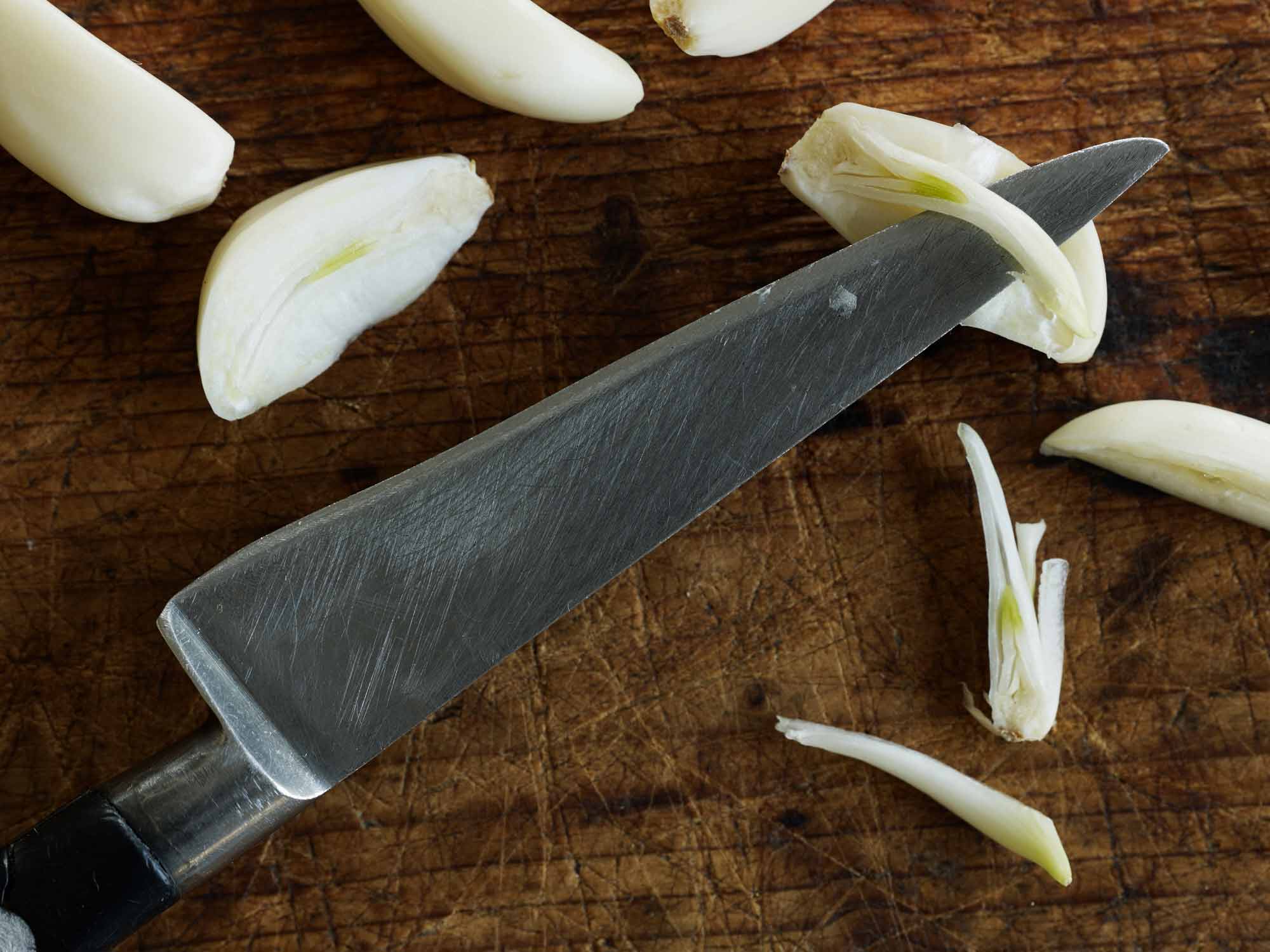
Is garlic a cure-all? Is it strongest when used crushed or chopped? Does it keep the vampires away?

Is garlic a cure-all? Is it strongest when used crushed or chopped? Does it keep the vampires away?
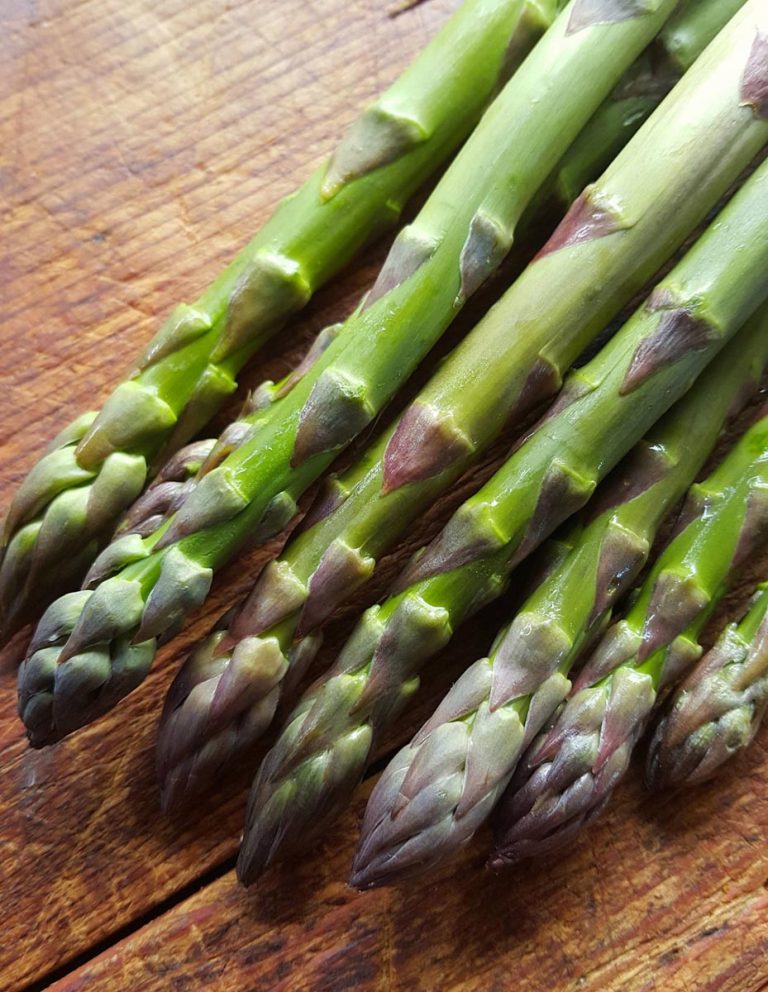
Just waiting for those big mounds of asparagus to appear in shops, then you know it’s fresh, plentiful and cheap!

Sweet pineapple sage – it truly does taste of pineapple!
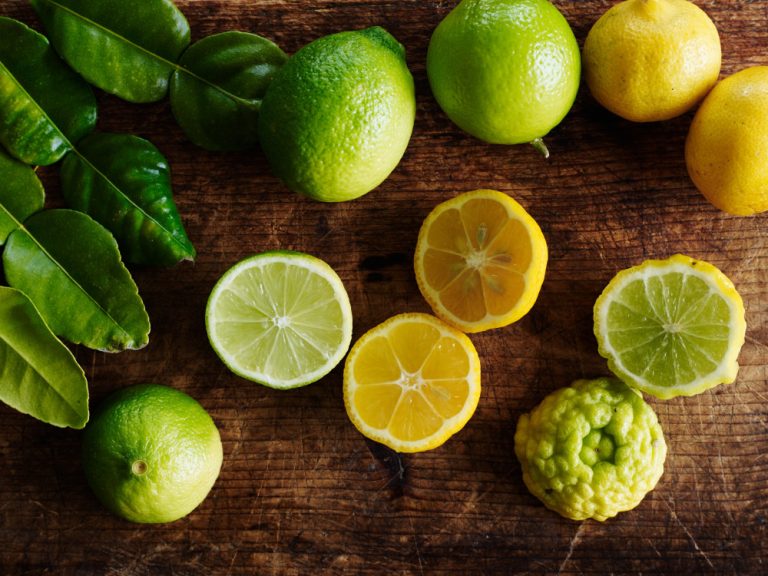
Whoa – limes are a riddle. Persian limes are not grown in Persia. Mexican limes originated in Malaysia. South Indian limes are sweet, not sour!
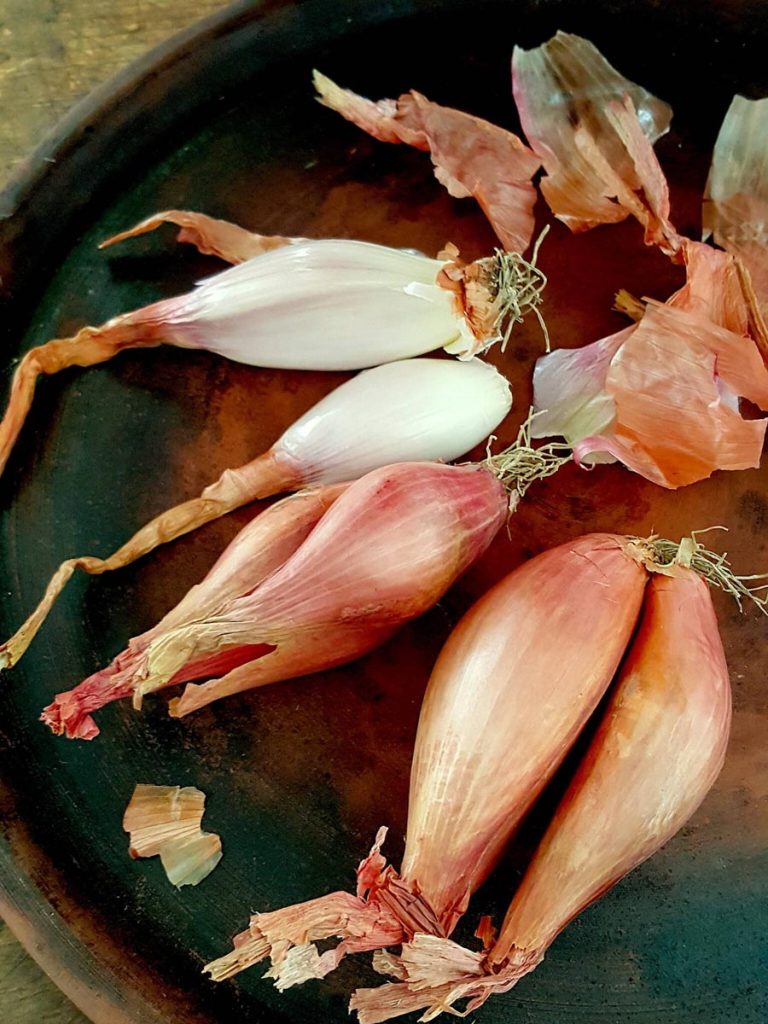
There’s nothing more annoying than a recipe that calls for 1 shallot (or 2, 3, 4…).
How much is that?
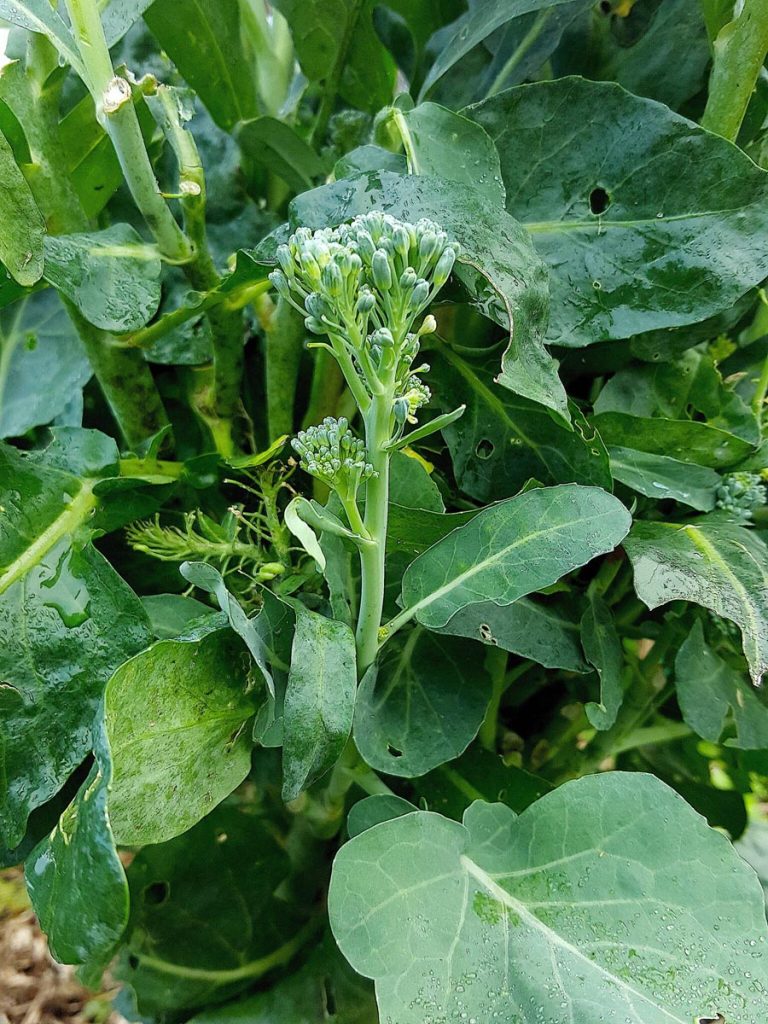
We all know and recognise broccoli, but what about broccolini and broccoli rabe?
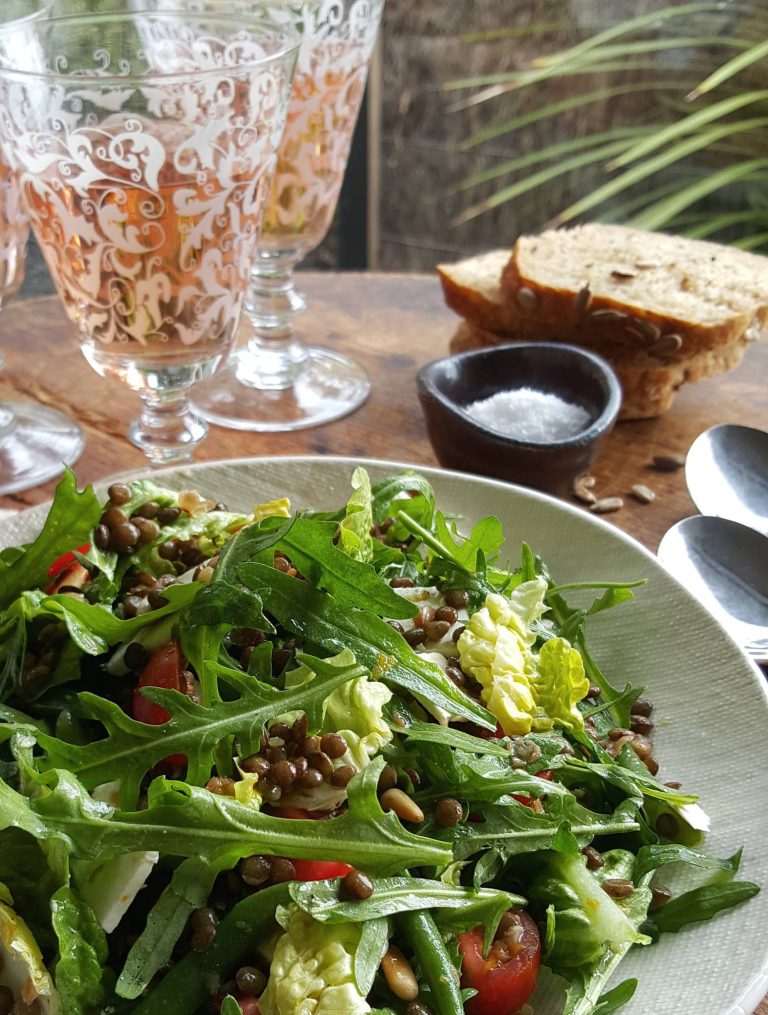
Sherry vinegar has nuances of roasted nuts, oaky notes from the barrels it is matured in, and sweet floral spices. Add a splash to the pan to lift flavours.
No products in the basket.
Welcome to the new Shared Kitchen experience! If you encounter any issues, please let us know. Dismiss